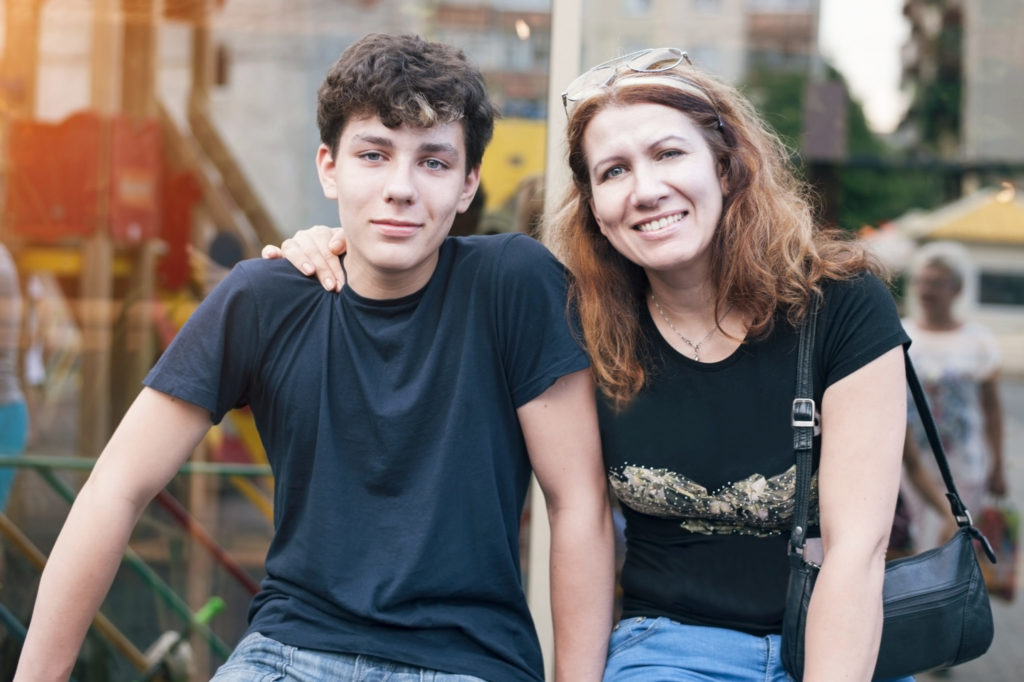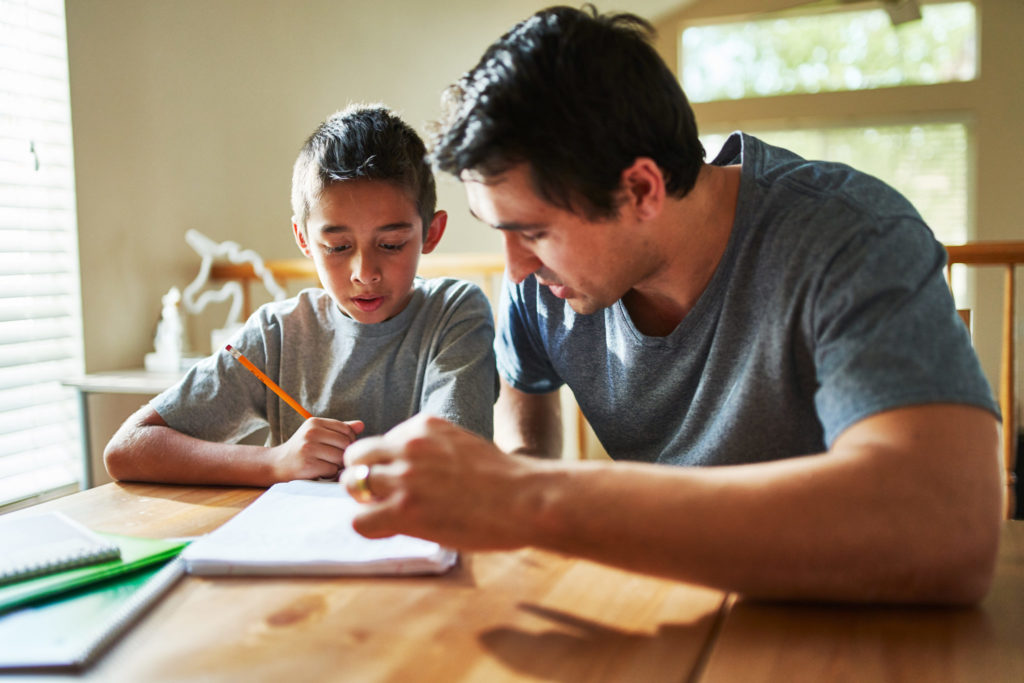Dream Big, Start Small: 5 Ways to Encourage Your Child to Think About Their Future
November 8, 2020
In a year that has been full of uncertainty, thinking about the future can feel…just plain weird. But research on children who have experienced traumatic events like disasters has shown that “encouraging children to have a positive future orientation can buffer against possible trauma,” says Michael Ungar, a family therapist with a doctorate in social work and author of “Change Your World: The Science of Resilience and the True Path to Success.” In times like these, it’s more important than ever for parents to talk to their kids about the future and help them envision their future success. Whether that means discussing career options, higher education, or what the world might look like when they’re ready to fly the nest – the key is setting bigger goals along with smaller steps to get there.

Here are 5 tips to start the conversation:
- Dream Big
Children are far more likely to achieve their goals when the goals are truly theirs. As parents, we all have a vision for our kids – but keep in mind that your child is far more likely to find success if the dream they’re chasing is their own.
Instead of focusing on a specific career goal (What do you want to be when you grow up?) or volunteering YOUR hopes and dreams for your child (I bet you would be a great scientist!), help your child identify their own set of “big picture” goals by asking questions like:
- What is one thing you hope to achieve in your lifetime?
- What are you really good at and how could you use that skill in the future?
- What is something that’s hard for you that you want to get better at?
Then, help them frame the goal in a way that emphasizes the “why” behind it. How will achieving their goal improve their life or the lives of others? Lending purpose to a future goal can help your child find meaning in working towards it.
- Start Small
Once you’ve identified one or more big picture goals – it’s time to break them down into smaller, actionable steps. It’s easy to think about the future as something way off in the distance, but by breaking down bigger goals into smaller pieces it helps kids understand what they can do today – right now – to help bring their future dreams to life.
Remember, not all steps need to be directly tied to the outcome. It’s important to focus on the process as well. Part of achieving big goals is finding time to rest, relax, and engage in creative, imaginative play. Measurement is good, but so is prioritizing exploration and play – make sure to build it into your plan!

- Write It Down
A 2015 study by psychologist Gail Matthews showed when people wrote down their goals, they were 33 percent more successful in achieving them than those who formulated outcomes in their heads. Telling a friend – or perhaps a parent – about those goals increased the success rate to 72%. That’s a big increase by simply putting pen to paper.
Mapping out goals (especially if you do it visually – sticker charts are great!) can be a fun activity for kids to help keep them motivated, especially through tumultuous times. Remember to think about the little things they can do now (for example, read for 30 minutes every day or save $100 in their piggy bank) to help them work toward their bigger goals.
If you need help figuring out some of the smaller steps along the way, be sure to check out the My Plan tool on the MyAlfondGrant.org websiteThe tool will help you map out different things you can do, save and learn to help your child progress toward a bigger goal!
- Act It Out
Remember that, particularly with younger children, they’re learning more from what you do than what you say. Modeling a positive mindset and strong goal-setting behavior is the single best way you can help your kids learn about planning for the future.
Are you saving for a home improvement project, to build an emergency fund, or, dare we say it, an upcoming vacation? Working to advance your career? Keep your kids in the loop! Talk to them about your goals and how you’re working to meet them. Involve them in helping you to map and track your progress and encourage them to make a plan of their own.

- Reposition Failure
If this year has taught us anything it’s that even the best-laid plans often require a little flexibility and adaptability. Make sure when you talk with your kids about pursuing goals you also talk about the bumps in the road that will inevitably happen along the way. Repositioning failure as a learning and growth opportunity is a great way to build resilience and promote positive thinking, even through tough times.
Oftentimes failure prompts us to work harder, rethink our priorities, or ask for help when we need it – all of which are important skills to develop for a bright future.
How are you talking to your kids about the future? What are some of their hopes and dreams?

 BACK
BACK